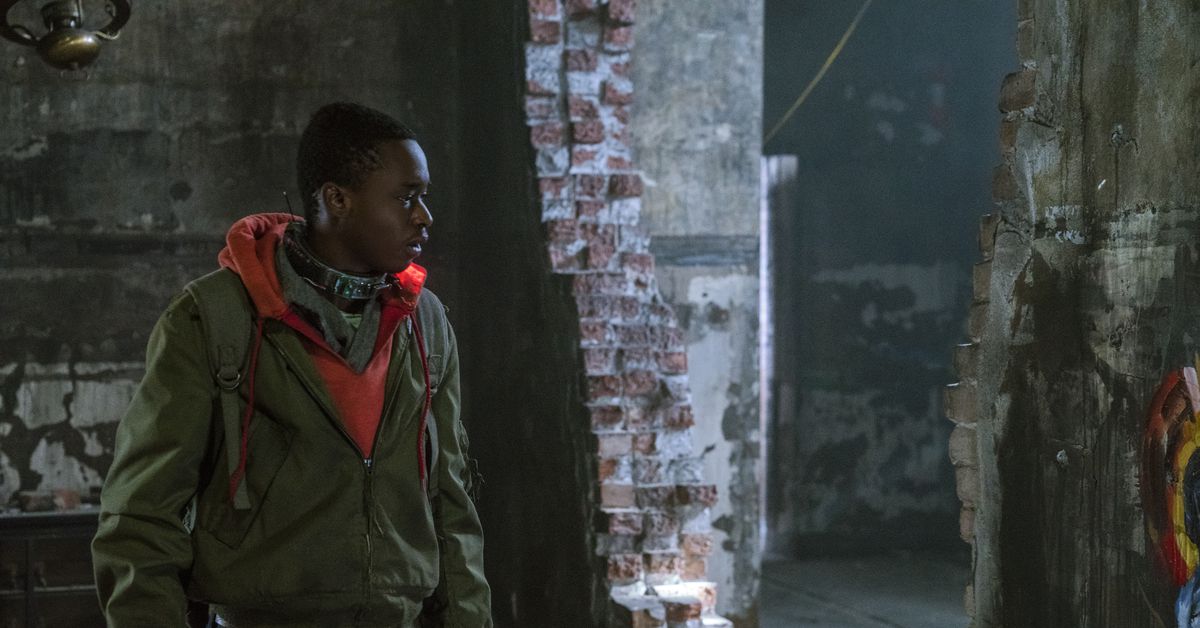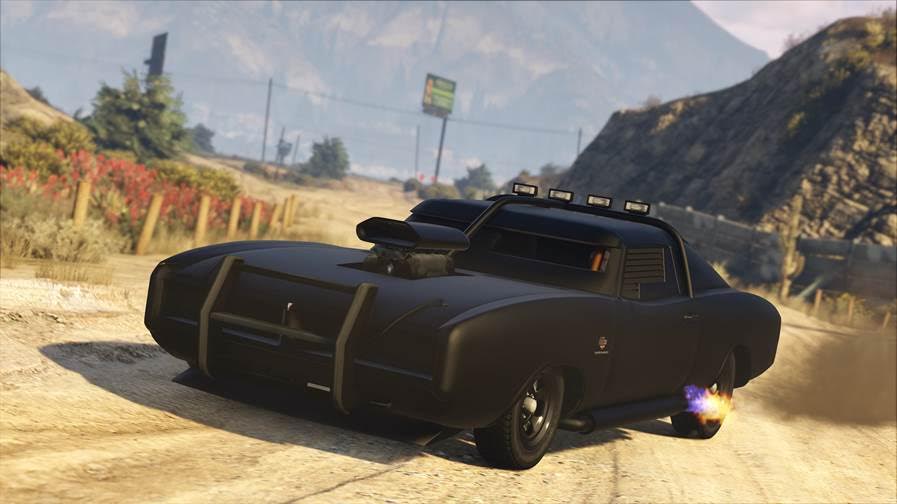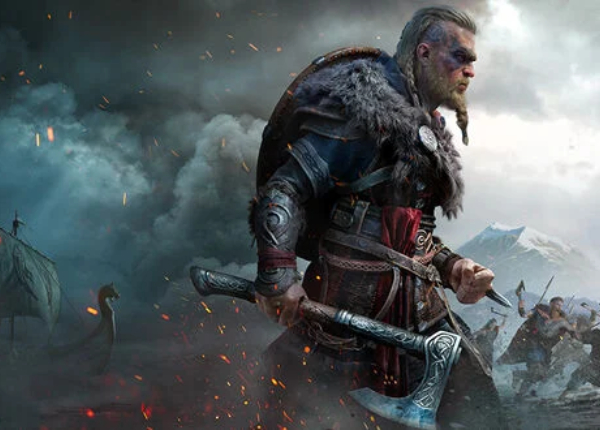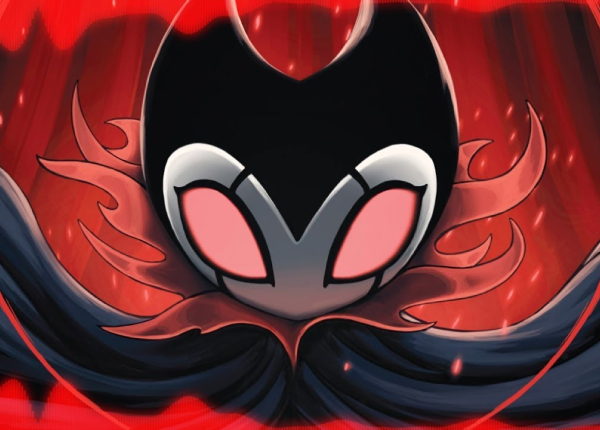Captive State director on movie’s politics, Arrival, and inspiration

If Rupert Wyatt made Captive State in 2002, Fox News would be screaming about him.
The new thriller is, in a not-very-veiled way, an argument in favor of terrorism. Or, as they put it in policy journals like Foreign Affairs, “asymmetric warfare.” In the film, we see a cell of insurgents plot suicide bombings against the government — and there’s no way to avoid collateral damage or increased “blowback” security measures. Captive State isn’t exactly a sunny and bright movie, but it is fast-paced and fascinating.
But as the cliché goes, one man’s terrorist is another man’s freedom fighter. In this case, the fight is for the whole of humanity’s future apart from an occupying force of nightmarish space aliens slurping up Earth’s natural resources and empowering a small class of collaborators. When you put it that way … sure, maybe blow ‘em all to hell.
After an initial “first contact” prologue, Captive State jumps ahead nine years. We’re on the icy, dirty streets of Chicago, and Mulligan (John Goodman) is a working stiff detective looking to track down a group of insurgents. Is he the good guy or the bad guy? Hard to know at first.
Mulligan has his eye on Gabriel (Ashton Sanders), who we learn is the kid from the beginning of the movie whose parents get zapped by the invaders (soon to be called Legislators) in a fruitless attempt to race out of town. Gabriel is grown now, his older brother is martyr to the insurgents’ cause, and Mulligan was his Dad’s ex-partner, pledged to keep an eye on him. The story then breaks wide, encompassing a number of characters and jigsaw pieces that snap together for a shocking “aha!” ending. It’s more Tinker, Tailor, Soldier, Spy than Cloverfield.
Polygon had a chance to talk with director and co-writer Rupert Wyatt (best known for Rise of the Planet of the Apes) about piecing together the puzzle and telling an extraterrestrial story in a landscape routinely invaded by them.
:no_upscale()/cdn.vox-cdn.com/uploads/chorus_asset/file/15961855/CS_FP_00216.jpg)
Focus Features
Polygon: The actions of the characters make who to root for murky. How did you sell a project that kinda-sorta glamorizes terrorism?
Rupert Wyatt: It was a challenge. It’s hard to ask that of an audience and a studio. At the end of the day we paint certain militants as freedom fighters, and others that carry out actions that, in many eyes, would be considered modern terrorism. The fact that they are Americans and striking against a US government, albeit one that is a collaborator and corrupt government, is, for me, quite interesting.
There is no overt evil to the vast majority of human beings. People make choices based on their moral obligations, or on how much they have to lose. You look at any resistance faction, whether it be the French Resistance or the IRA, it’s always the ones with the least to lose that invariably become the ones who fight under the flag of freedom. The ones with the most to lose, like the bourgeoisie in World War II France, those are the ones that became the collaborators. This doesn’t necessarily make you bad or good; these are the choices that are laid out for you.
I imagine when writing individual scenes, like the cell’s action at the Soldier Field rally, there was a lot of push-pull of what to show to keep your audience’s sympathy.
Our intention is that the audience will sympathize, but not that there will be no thought to collateral damage. It’s actually spoken in one of the meetings. The idea is to strike at the heart of the occupation and the Legislatures themselves, and not the bystanders. Whether they are collaborators or not.
I love that this is a sci-fi movie in a low-tech world. Especially the sequence that involves smuggling out information, written in pencil, inside of a rolled-up cigarette, which goes to a homing pigeon and when the pigeon flies to a group someone flips a kid a quarter who goes to apay phone to call a contact at the local print newspaper, who puts in a coded classifieds ad, which tips off a radio DJ to play a song, which inspires a guy to walk his dog somewhere so when that dog howls it notifies a mechanic to zoom off somewhere. It’s like a Rube Goldberg machine with people!
I love that kind of storytelling. Visual. It all happens in the moment, people reacting to events. My co-writer Erica Beeney and I put this together asking how would you bring together disparate group of people hiding in plain sight to carry out this one unified action? This call to arms had to be analogue. But it makes it like a heist movie. Also the pirate radio DJ happened to be my old roommate from New York, Kelly Cole, which was fun for me.
The vibe is like early cyberpunk, but actually from the 1980s, not 2019.
Yes, and its purely from the film’s lore. Digital technology has been banned. [Ashton Sanders’ character works – or has he been placed? – in a facility that destroys data cards.]
Look at Iran and North Korea and that’s the thing. Open forms of communication and the World Wide Web have been highly restricted. The chosen few — the authorities — they have access, and they use it like we see the authorities use it in this film. But people in the streets, the journalists, they don’t; they are working off typewriters. One thing you see early on is if you are going to have an occupation you have to subdue the people, you have to suppress communication. To do that in this day and age is to remove digital technology. To suppress dissent you must deny the platforms that are available to us in our relatively free society.
We only see the aliens a few times but they’re really are terrifying. Reminded me a bit of what I imagine “The Shrike” from Dan Simmons’ book Hyperion –
Someone else told me this yesterday! I’ve never read it. But apparently there’s a similarity there.
No, [the design] came from an Antony Gormely, the British sculptor. He did an amazing sculpture called “Angel of the North.” He also created these humanoid figures that are made entirely out of spikes and I thought this was a great armature for what is an otherwise feeble species. When they unmask a Legislator, we see it briefly in the flesh and realize they are very vulnerable.
I also liked the idea of arming them with a substance that relates to their emotional state, so when they get aggressive they go “full porcupine.”
In the prologue crawl you read that the first contact happens and the Earth unites. You think “oh, this is good, this is like Arthur C. Clarke’s Childhood’s End.” Then it immediately follows-up with “the gap between rich and poor has never been wider” and the collaborator class becomes corrupt and all liberty is destroyed. Clearly this is bad. So I ask you, in your gut, when the aliens do come, will it be good or will it be bad?
We were in early pre-production on this when I went to see Arrival. I love that film. But it made me quite depressed. It’s such a hopeful, aspirational story of what it means to make contact with another life-form. I wondered, “am I going the right way?”
Then I heard Professor Stephen Hawking talk, and he said that if we are contacted by an extraterrestrial it’s going to be Christopher Columbus all over again, and they won’t be here to be friends. They will be colonists. What form they take and how we relate to them is another story. But the inevitable nature of evolution and progress is domination. You can see that in all forms of life, so I think that’s what most likely will happen.
Would I like it to be like Arrival? Yes, 100 percent. But I think it’s more likely to be like Captive State.
Jordan Hoffman is a writer and member of the New York Film Critics Circle. His work can be read in The Guardian, New York Daily News, Vanity Fair, Thrillist and elsewhere.
[ad_2]
Source link





